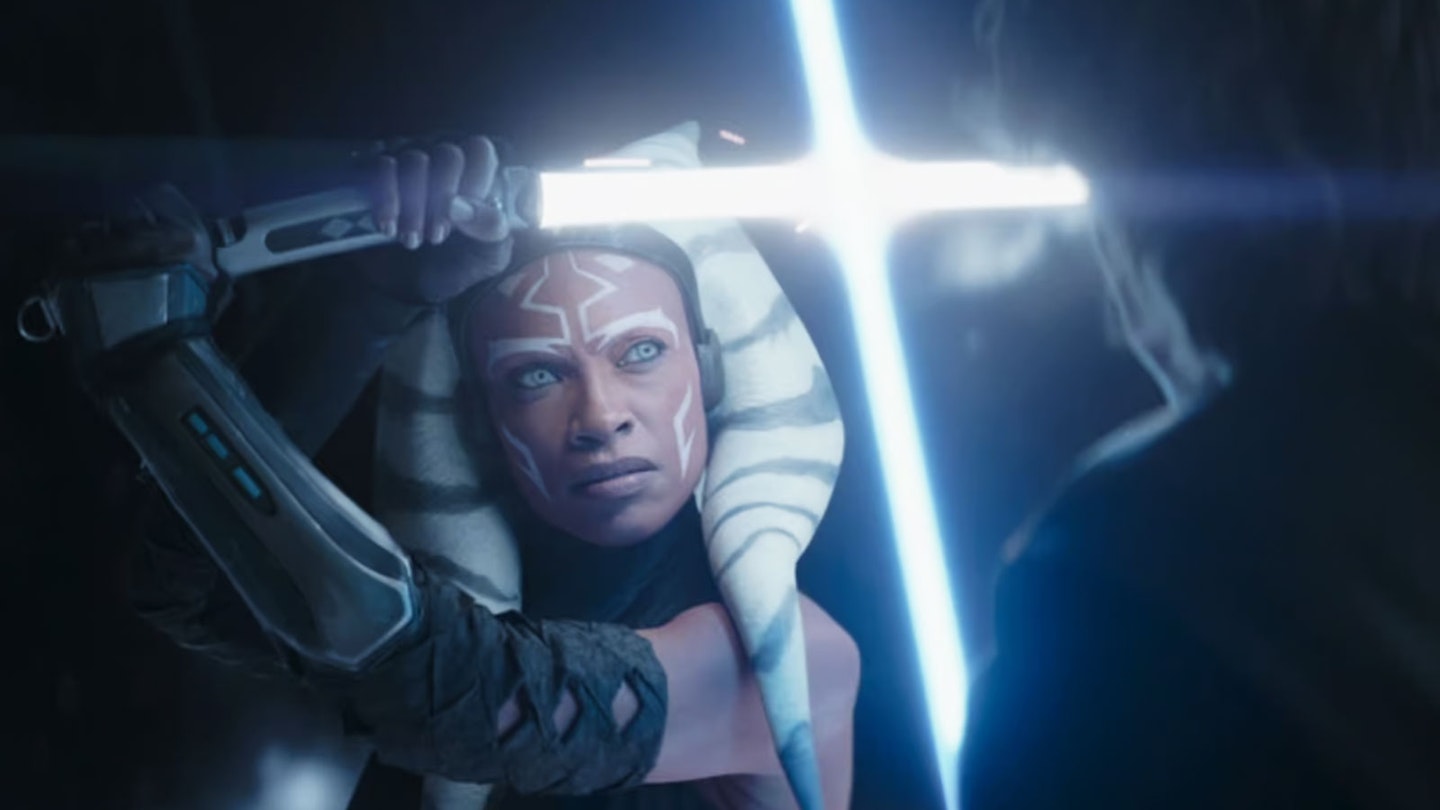Contains spoilers for Ahsoka Episodes 4 and 5, The Clone Wars, Rebels, and The Prequel and Original Trilogies.
As a certain former Jedi once said, “This is where the fun begins.” Yes, having teed up the arrival of a mysterious piece of Star Wars lore and the return of a beloved Prequel Trilogy character – and actor – during the jaw-dropping finale of last week’s episode of Ahsoka, Mando-verse maestro Dave Filoni takes a quite literal deep-dive into the franchise’s past with Episode 5, ‘The Shadow Warrior’.
But far from serving as a slice of ultimately weightless fan service (*cough* The Book Of Boba Fett *cough*), this week’s episode digs deeper into Ahsoka’s inner turmoil, illuminates our understanding of a certain Chosen One, and ultimately winds up completing the redemption of the Prequels that The Clone Wars and Obi-Wan Kenobi began.
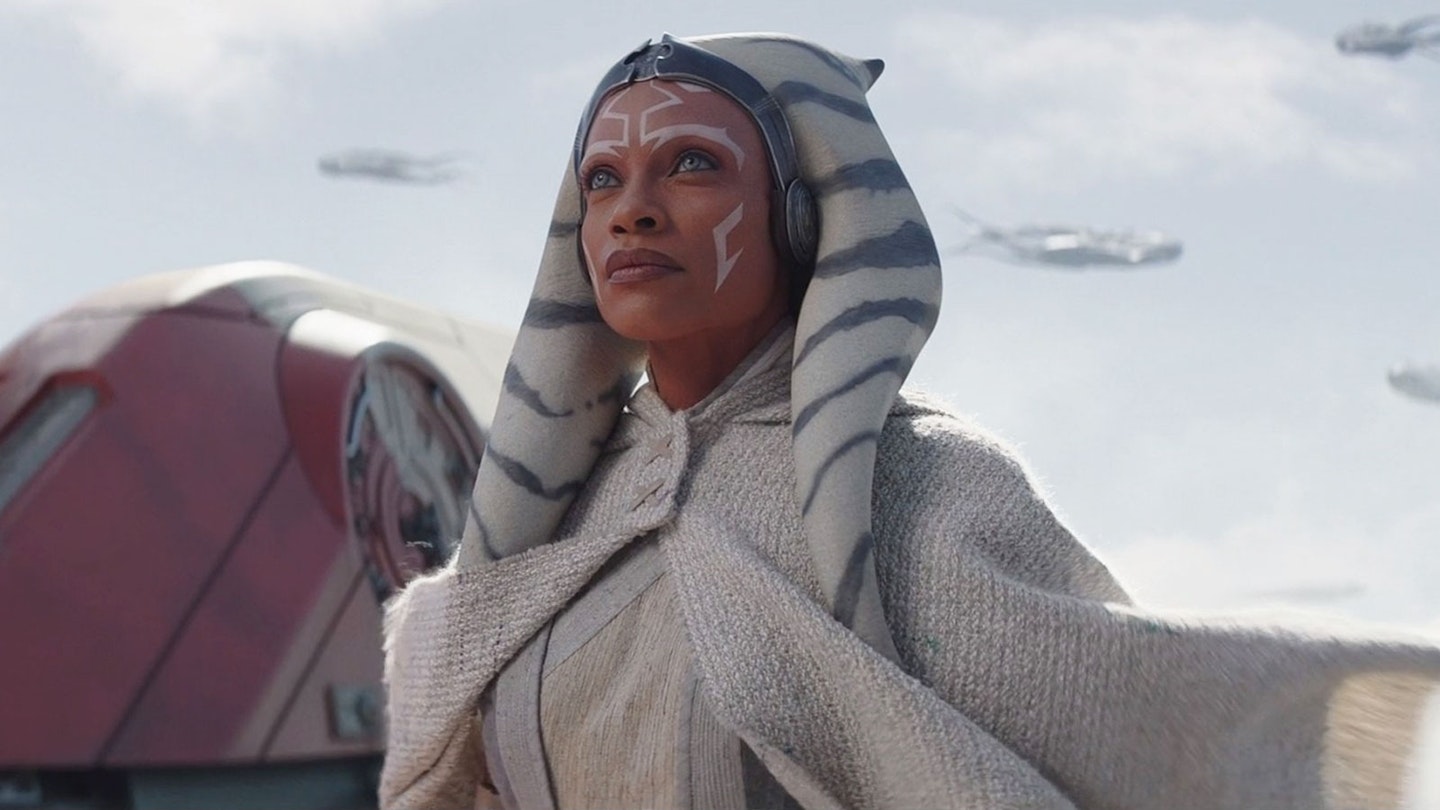
As you can tell, there’s *A LOT* to unpack here, but once again Empire is on hand (again, not *that* Empire) to take you through one of the most interesting pieces of Star Wars we’ve seen on the small screen yet. So, with one last warning that there are spoilers ahead, let’s voyage to the World Between Worlds and back to a long time ago, in a galaxy far, far away…
Ahsoka’s Lesson
When we last saw Rosario Dawson’s Ahsoka Tano, the twin-saber wielding Togrutan heroine had just woken up in the World Between Worlds – a metaphysical, mystical plane where all of time and space seem to converge – after being yeeted off a cliff by Baylan Skoll (Ray Stevenson). There, she was greeted by her old master Anakin Skywalker (Hayden Christensen), and with a simple “Hello, Snips,” our collective minds – and the Star Wars universe as we know it – were blown wide open. Why was Ahsoka brought here? Who is this Anakin she sees? And what exactly is going on?
Well, in the great tradition of Star Wars – from Luke’s encounter with Darth Vader in the cave on Dagobah in Return Of The Jedi, to Rey’s mirror moment beneath the surface of Ahch-To in The Last Jedi – the answers lie within. At the outset of the episode, Anakin tells Ahsoka she’s been brought back to him to finish her training – “to live, or die.” And with that, after an exhilarating clash of lightsabers, Tano’s old master sends his former apprentice flying through a Force-y fog and into the body of her teenage self, where she’s brought brilliantly to life by Ariana Greenblatt (aka. young Gamora from Avengers: Endgame).
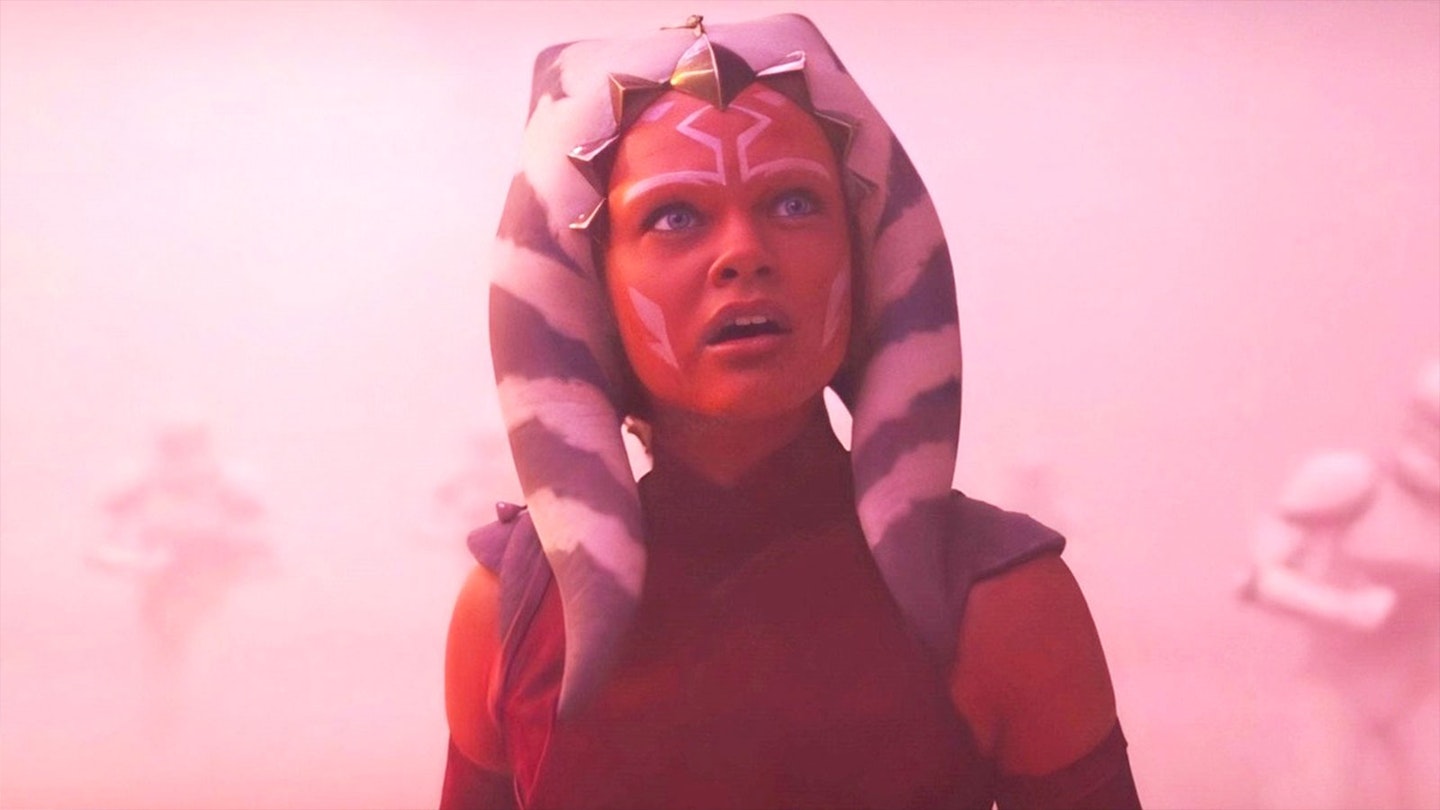
From there, Ahsoka relives crucial moments in her and her master’s journey, from their baptism by fire in the Ryloth campaign as seen in The Clone Wars’ first season, to the Siege of Mandalore that heralded the seeming end of Ahsoka’s Jedi journey. Seeing herself and Anakin fight together in the Clone Wars presents Ahsoka with a stark reminder of how the horrors of war she experienced as a child have shaped her, and how the militarisation of the Jedi order during this conflict played its part in her and Anakin pursuing divergent paths. “What if I want to stop fighting?” Ahsoka asks her master as the Ryloth conflict rages around them, not yet willing to lose the hope that there must be another way forward; “Then you’re going to die,” comes his resigned, grave response.
Having revisited scenes of death, destruction, anger, and resentment from their past, Anakin and Ahsoka duel once more in the World Between Worlds (this time with lovely musical cues from John Williams’ ‘Obi-Wan vs Anakin’). There, Tano finds herself pinning her master with his own saber, her face lit in Sith red by by the blade as her eyes take on a familiar, menacing gold pigment. But at the exact moment Anakin tells his former Padawan “It’s time to die”, she defiantly says “I choose to live.” And, with a familiar, long-missed smirk, Anakin tells Ahsoka “There’s hope for you yet.”
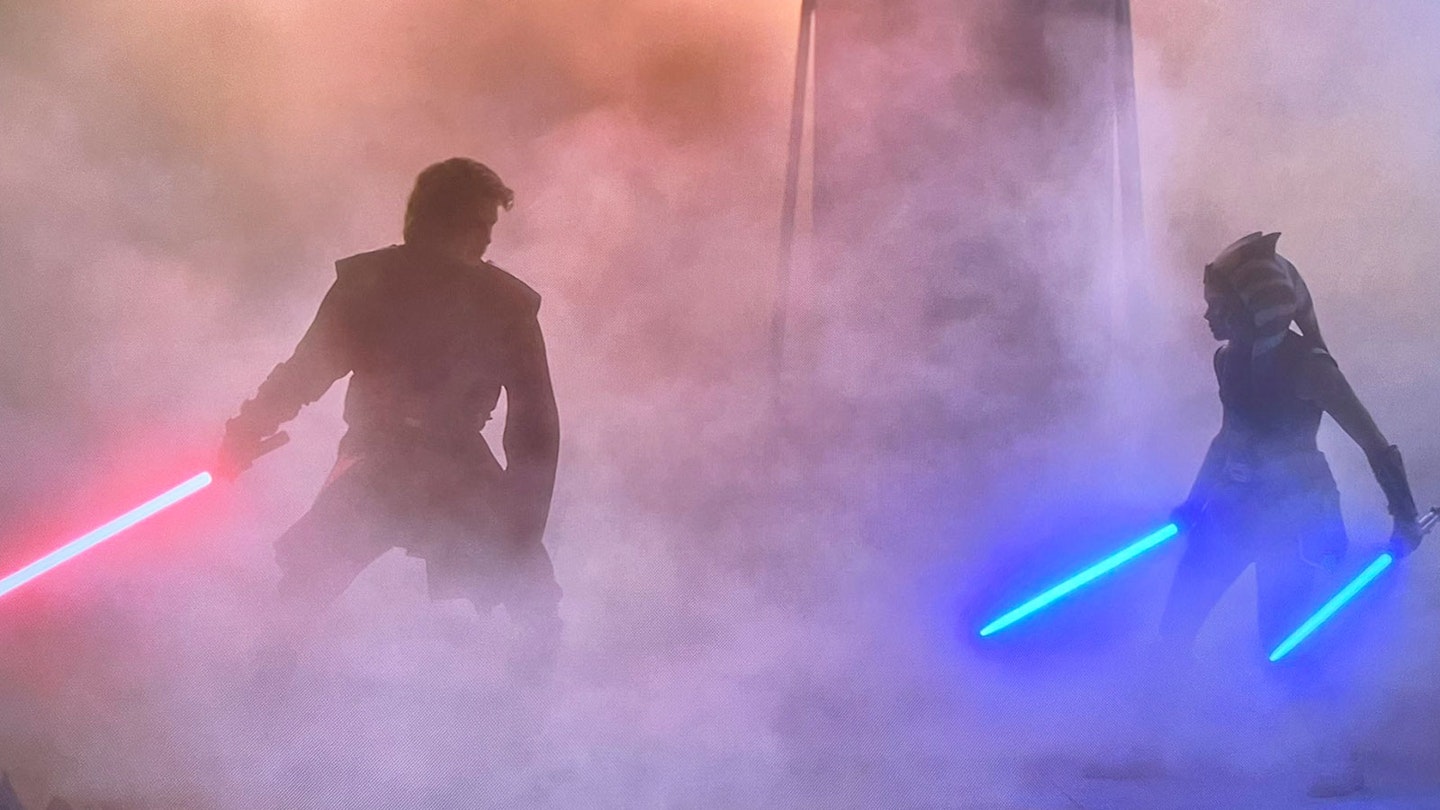
You see, a core part of Ahsoka’s arc in the series so far has been her continuing attempts to reckon with what became of Anakin, whilst trying to find a way to become the master that her own apprentice Sabine Wren (Natasha Liu Bordizzo) sorely needs. And, while she may have taught Sabine how to fight, just as Anakin once taught her how to be a warrior herself, what she has really needed – and what she ultimately gets from her fallen hero here – is a reminder of how to live. It is only by living, no matter how dark things may seem, that you can continue to hold on to the light. Lesson learned.
The Return Of Anakin
As well as being a huge, dramatically hefty episode in Ahsoka Tano’s journey, ‘The Shadow Warrior’ – as Ahsoka’s lesson has shown us – is just as significant for Anakin Skywalker, and our understanding of The Chosen One. For the first time in live-action, this episode gives us a chance to see the once-Jedi Knight actually be, well, a Jedi Knight. Serving as a commander in the Clone Wars, we see the returning Christensen deftly bring together the brooding intensity of his own take on Anakin with the wry humour that was a cornerstone of Matt Lanter’s brilliant work on the character in Filoni’s The Clone Wars.

Anakin’s back-and-forth with ‘Snips’ and gallant charge into the fray on Ryloth offer poignant reminders of the hero Ahsoka once knew, whilst his honesty with the young Togrutan – “When Obi-Wan taught me, [the Jedi] were keepers of the peace, but to win this war I have to teach you to be a soldier” – shows us how leading from the front has changed him. Throughout, Christensen harnesses the struggle between the dark and the light in the intensity of his gaze. This allows the episode’s carefully placed blink-and-you’ll-miss-it flashes of Vader to achieve the tragedian vision of a character that always had the potential to flourish in a way that maybe he hasn’t been able to before.
How We Learned To Stop Hating (And Love) The Prequels
And that leads us neatly on to this episode’s real pièce de résistance – its completion of the long-brewing rehabilitation of the Prequel Trilogy. We saw the seeds of this sowed last year with the hype surrounding Ewan McGregor and Christensen’s returns in Obi-Wan Kenobi, and the outpouring of love those comebacks were met with by fans worldwide. We saw it also in the way that Obi-Wan Kenobi itself carefully brought new connective tissue to bind the worlds of the Original Trilogy and Prequels, with OT-style galactic dustbowls and neo-noir Prequels-y cities set side-by-side as Obi-Wan journeyed towards a rematch with his own former apprentice.
With Ahsoka, everything feels like it’s finally fallen into place for the franchise’s past – all of it – to be given the love it deserves. That Filoni has built this whole series – and this episode in particular – around our emotional engagement with that era in the Star Wars universe, and gone to such great lengths to enrich our understanding of it, feels like closure. To see Christensen back in his robes, commanding some of the biggest scenes in recent Star Wars history, feels like a real full-circle moment.
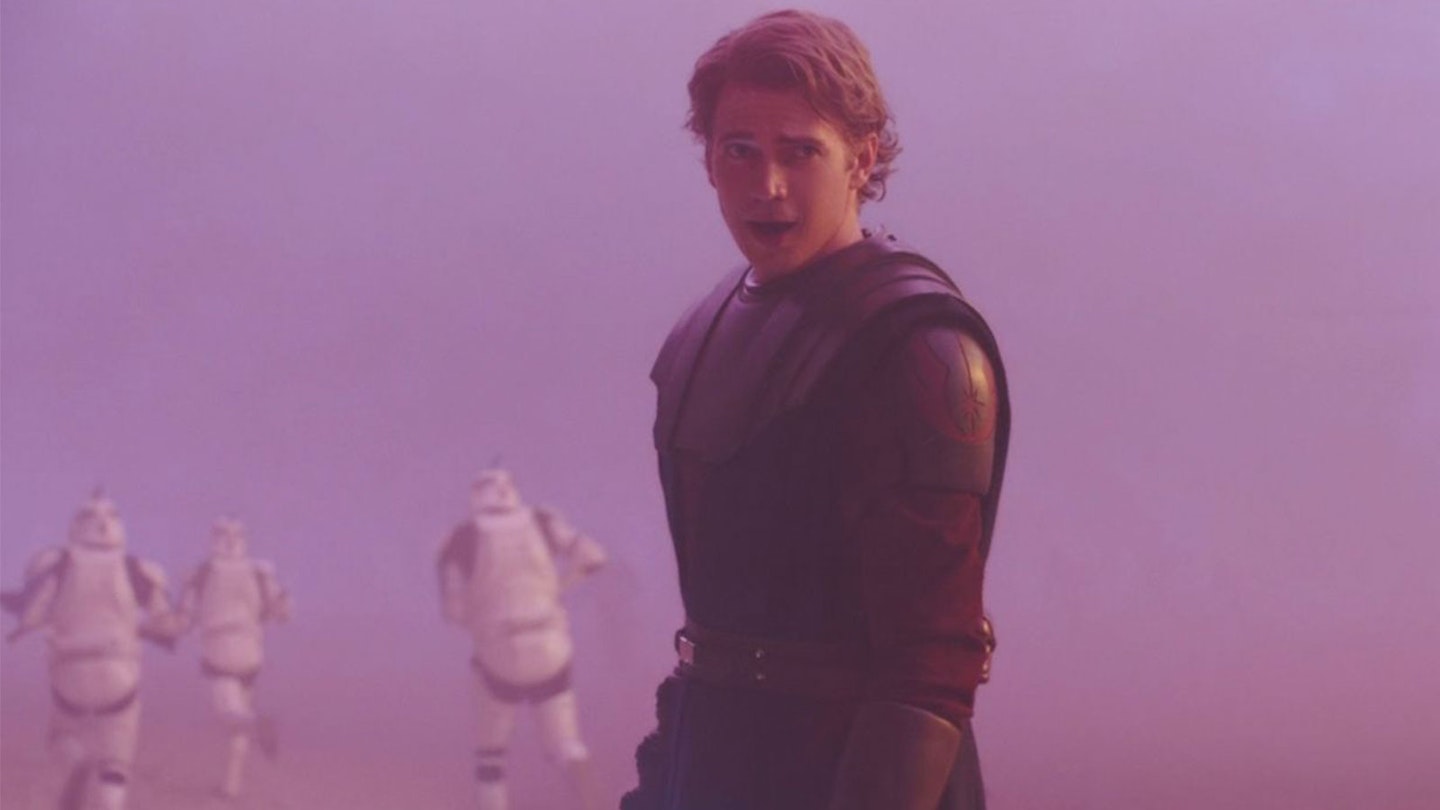
Yes, the Prequel Trilogy may not have always been great (Did Padmé really have to die of a broken heart? Is sand really so hateable? And just how many times can you roll around in a field before it stops being romantic and just starts being plain weird?), but it was always ambitious, and never dull. (Well, except for the bits about the taxation of hyperspace trade routes.) The Phantom Menace, Attack Of The Clones, and Revenge Of The Sith widened that galaxy far, far away beyond our wildest imaginations, taking us to new worlds and showing us new species as George Lucas presented his undeniably epic, uncompromised Shakespearean vision for the Skywalker Saga. It drew out the poetry of the Star Wars mythos – it all rhymes, didn’t you know? – and wasn’t afraid to get as weird and philosophical about the Force as its forebears. It is only through Lucas having the vision and the will to tell these stories at all that shows like Ahsoka, Andor, Rebels, The Clone Wars and The Mandalorian are possible.
Views on the prequels (even within this Empire) vary wildly, but for all their flaws there’s still something magical about Anakin’s tragic origin story. For a great many Star Wars fans, those three movies were our entry point to the saga and formed the foundation upon which everything else (including the canonically subsequent fourth, fifth and sixth instalments) was then built. Watching this latest episode of Ahsoka, and seeing where it ends – with one more great leap into the unknown and a new budding young Force-user in the making – we are reminded why we fell in love with Star Wars in the first place.
